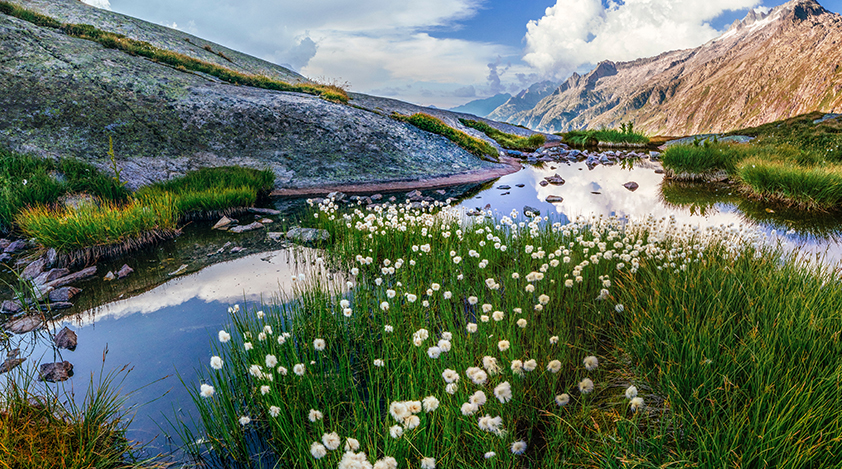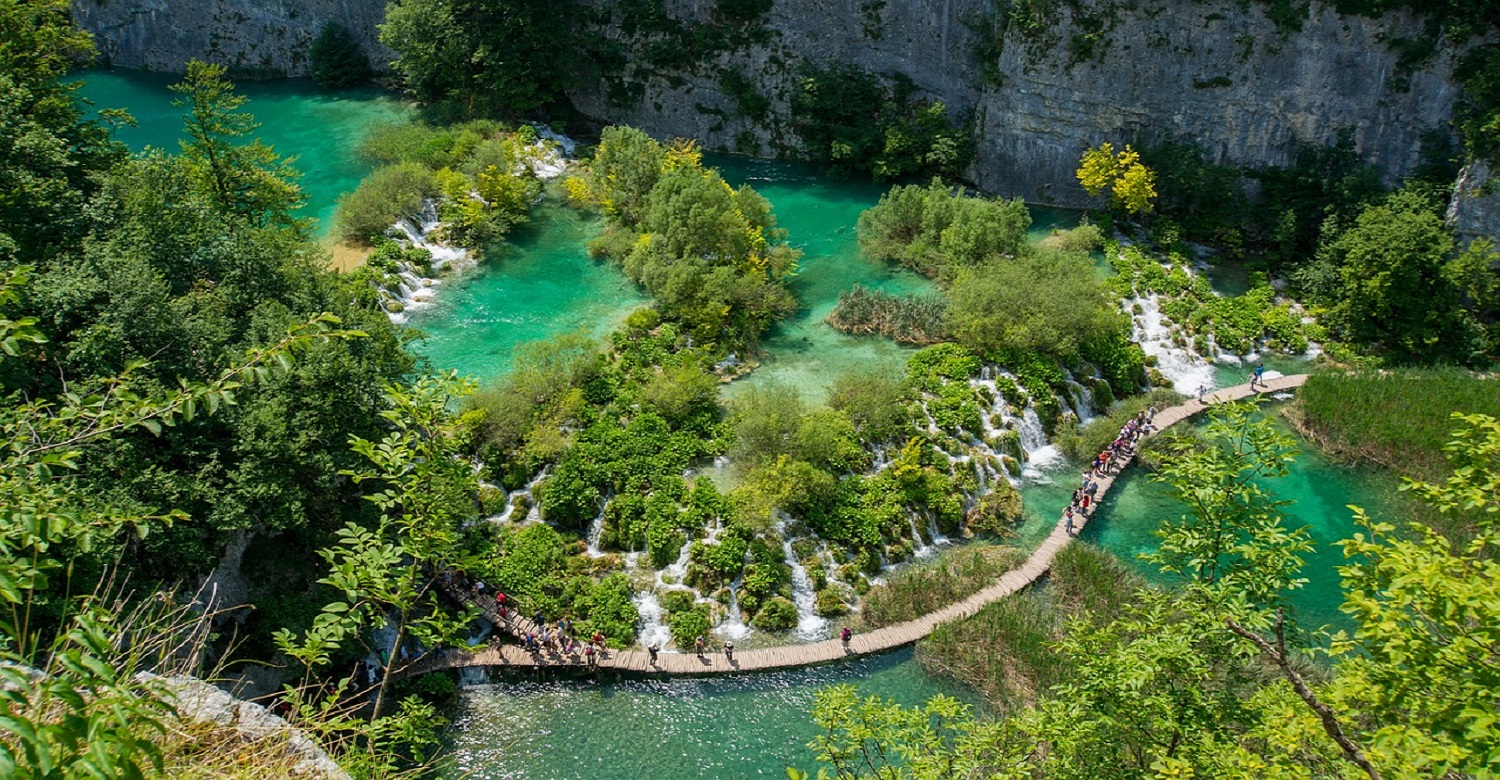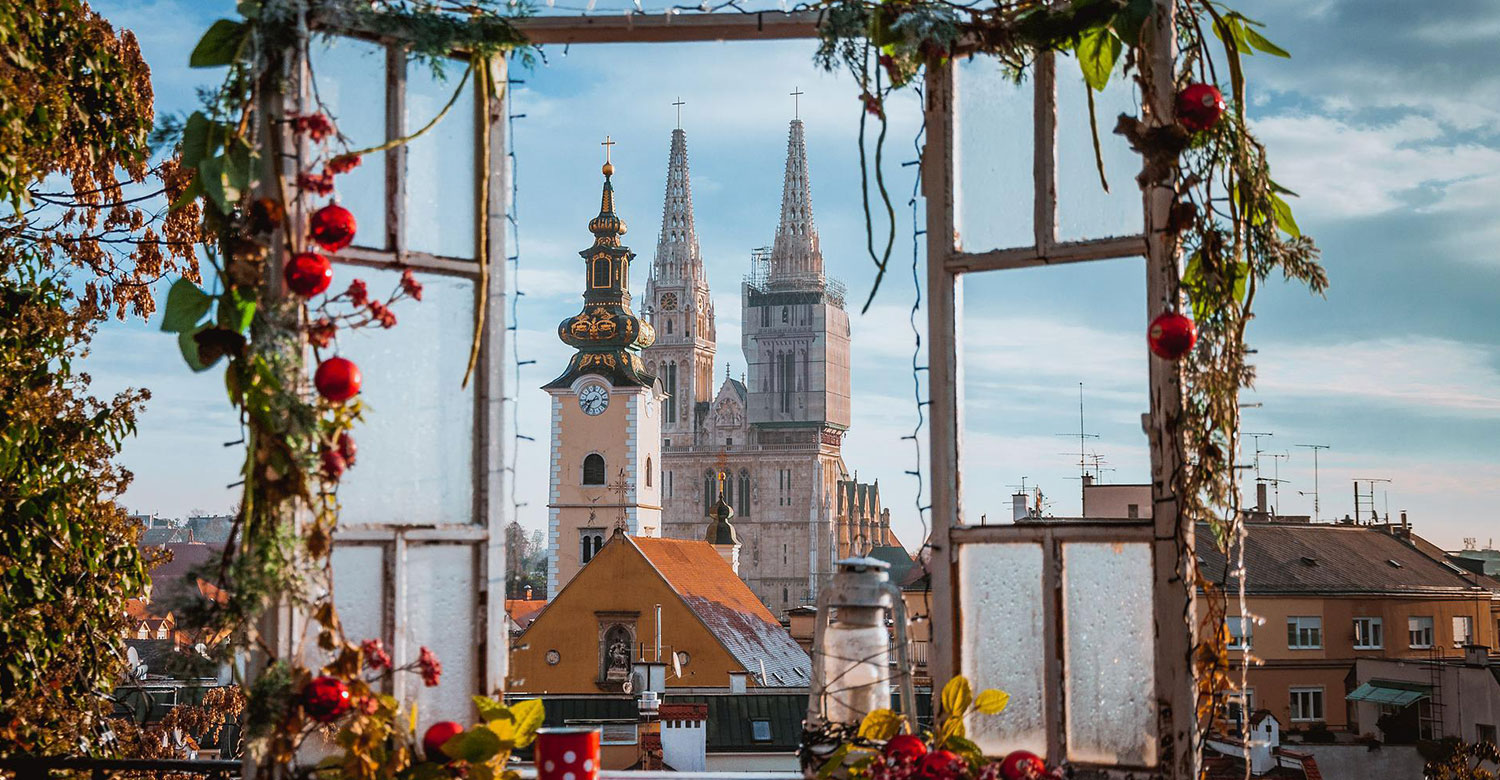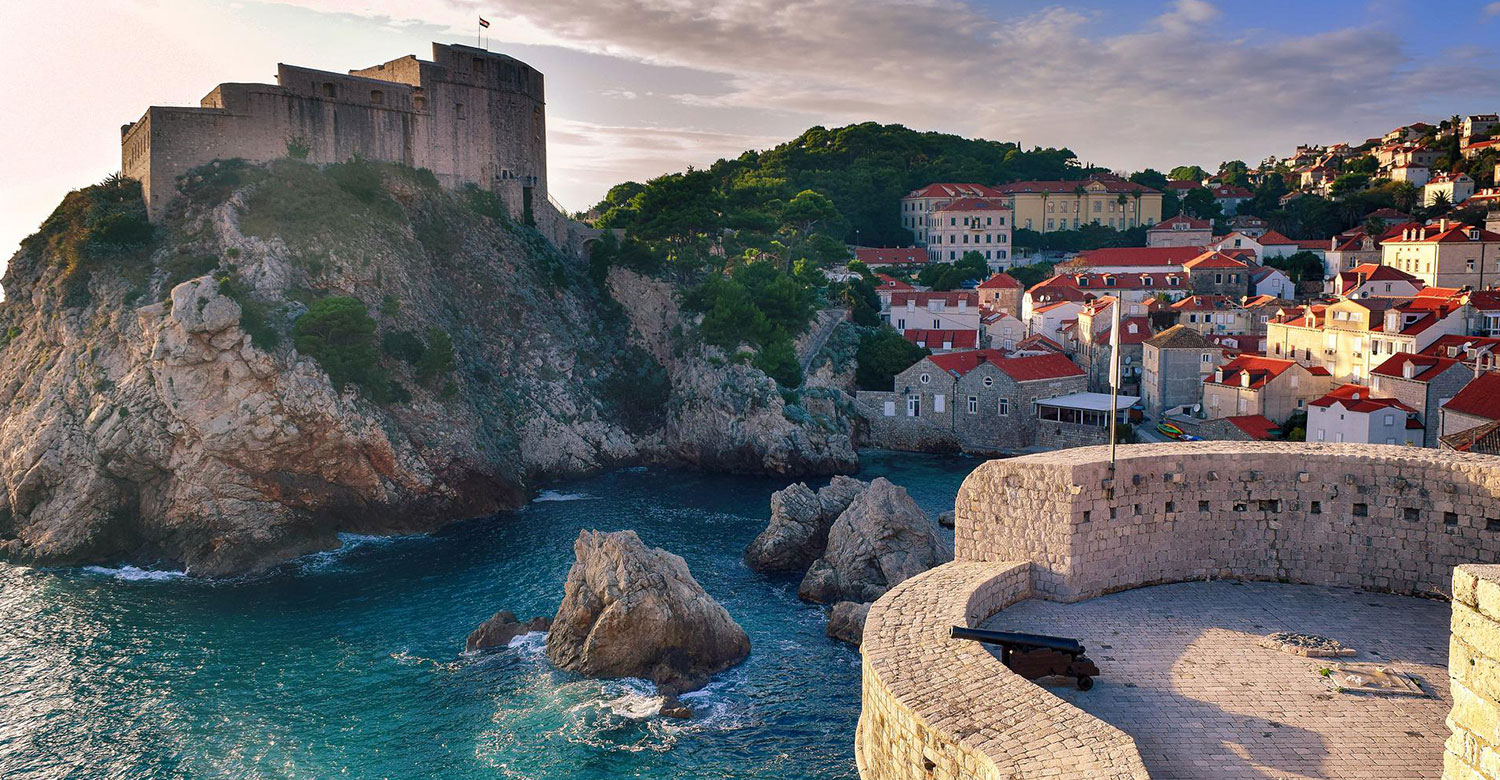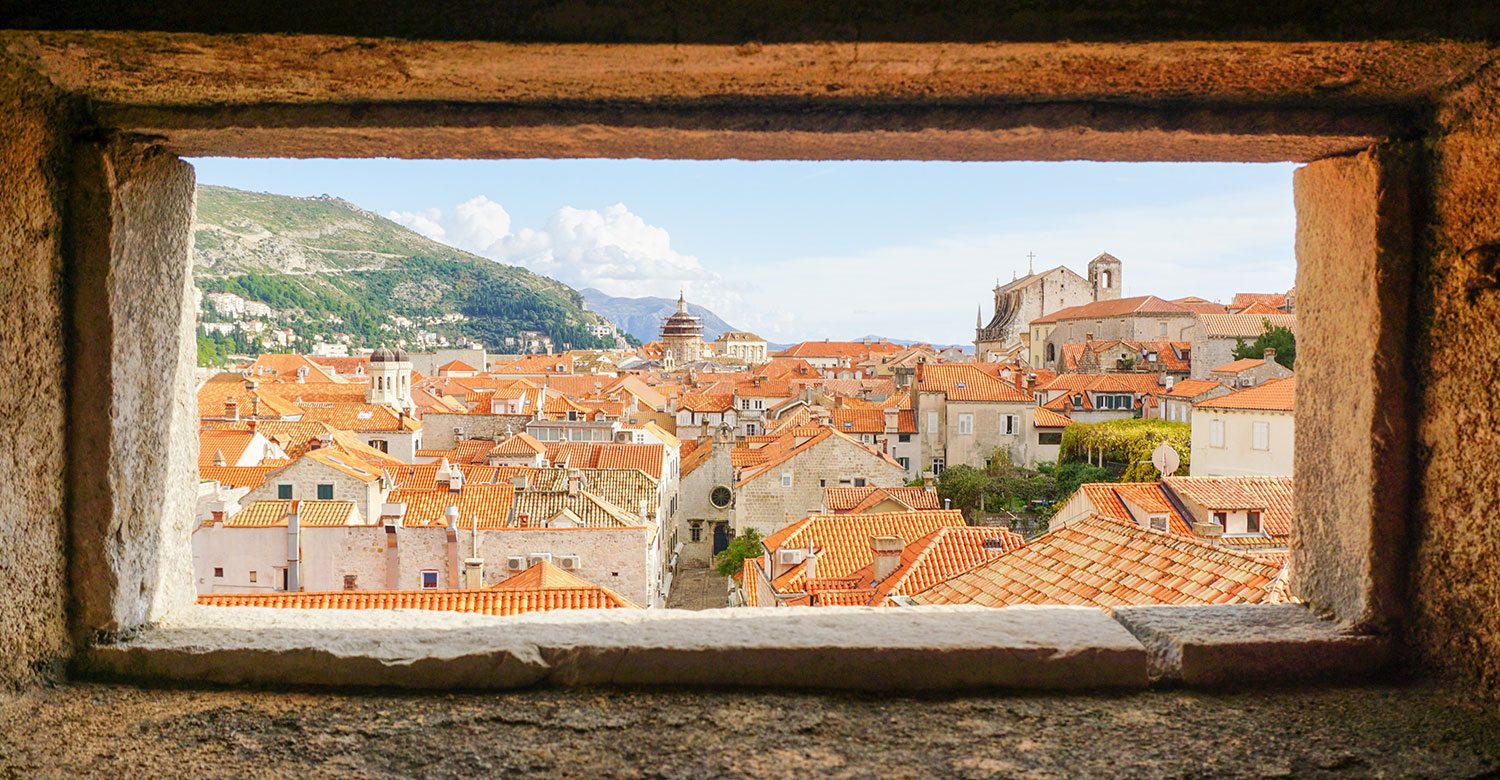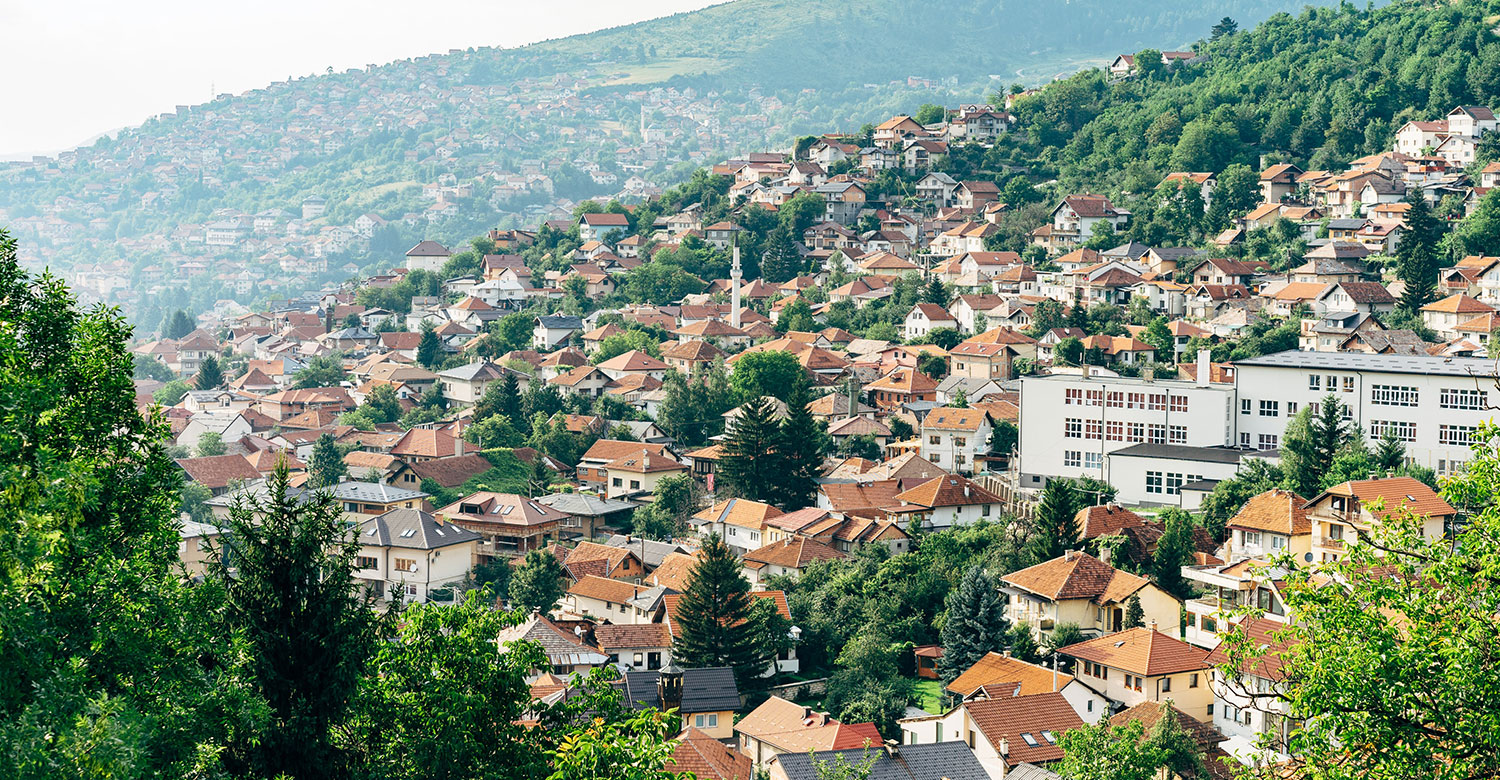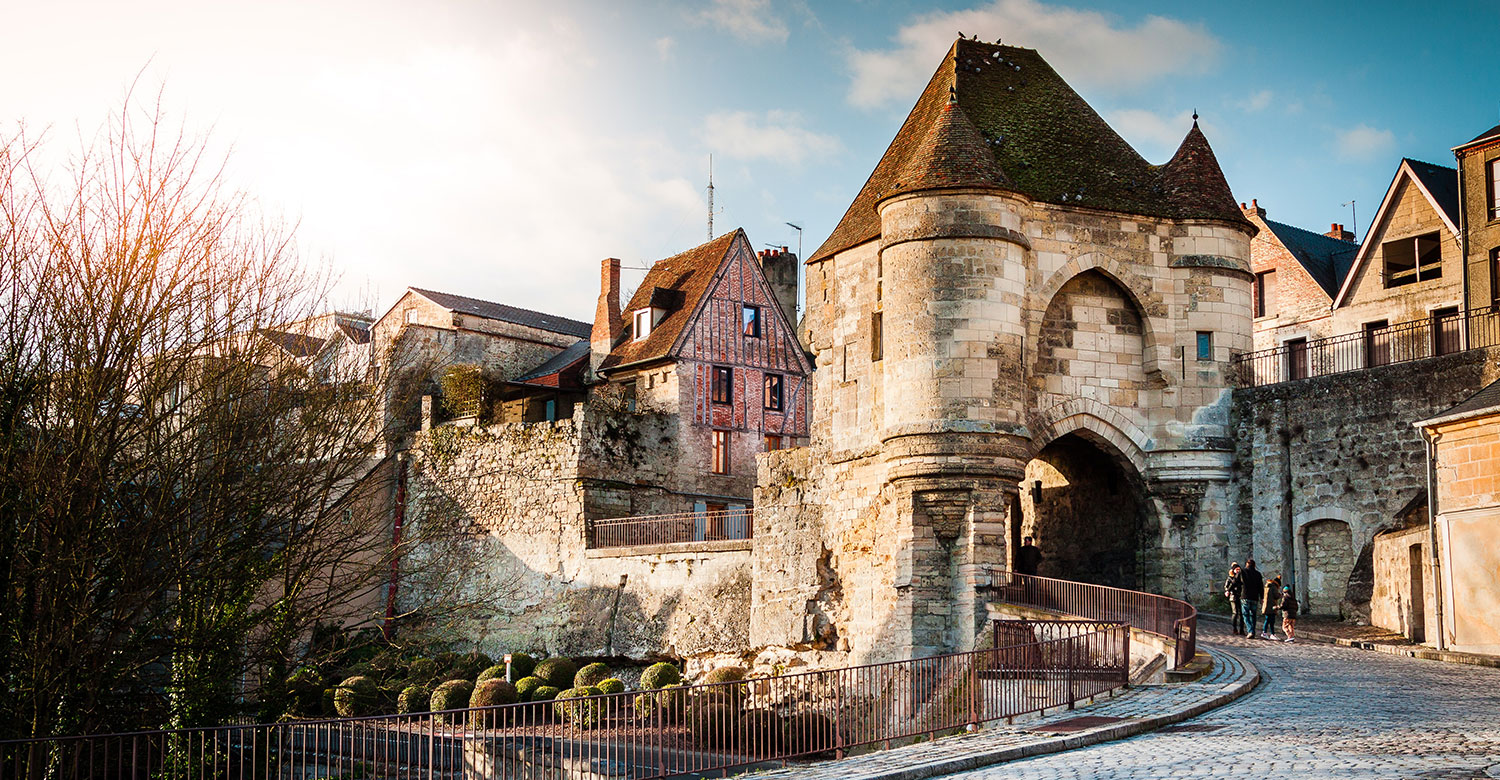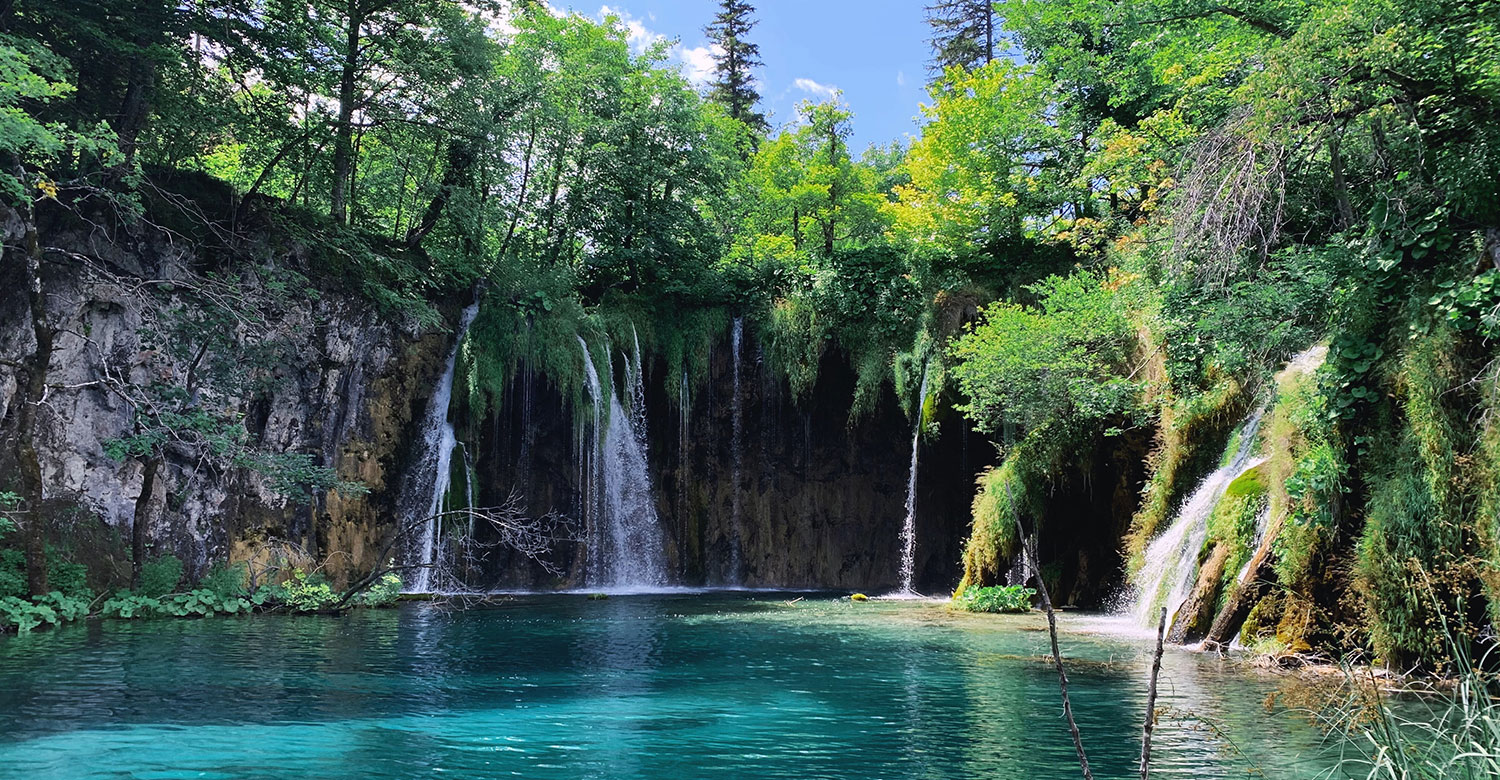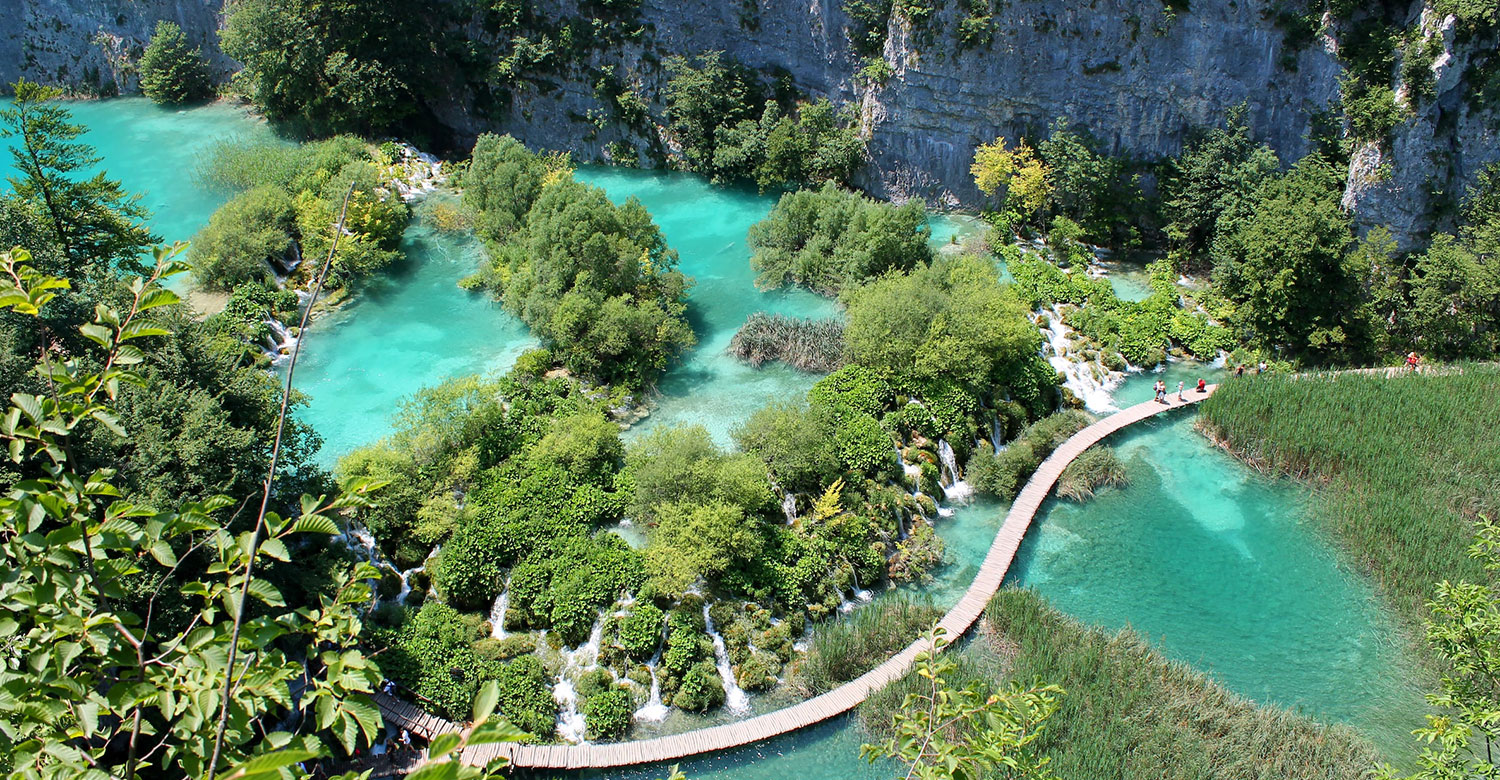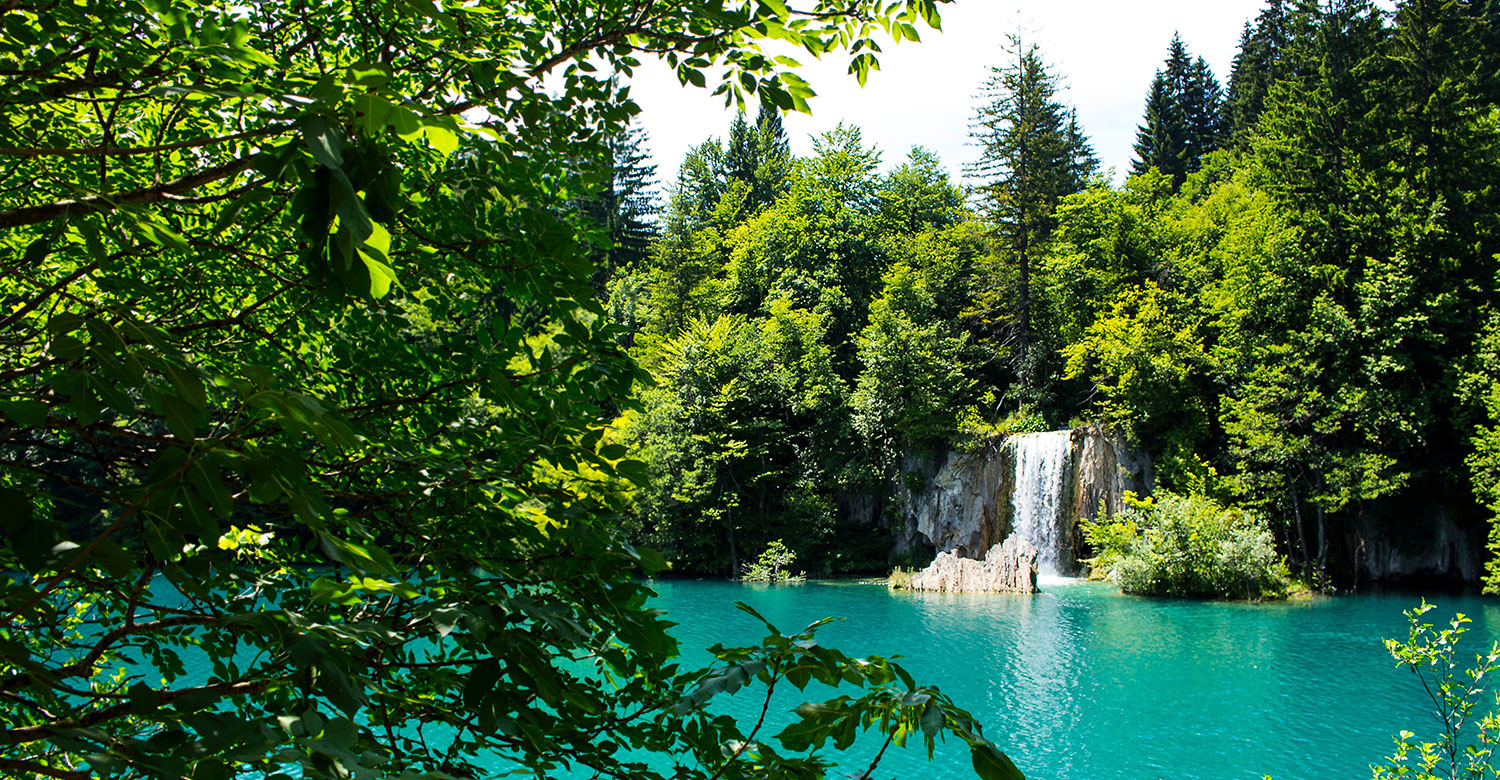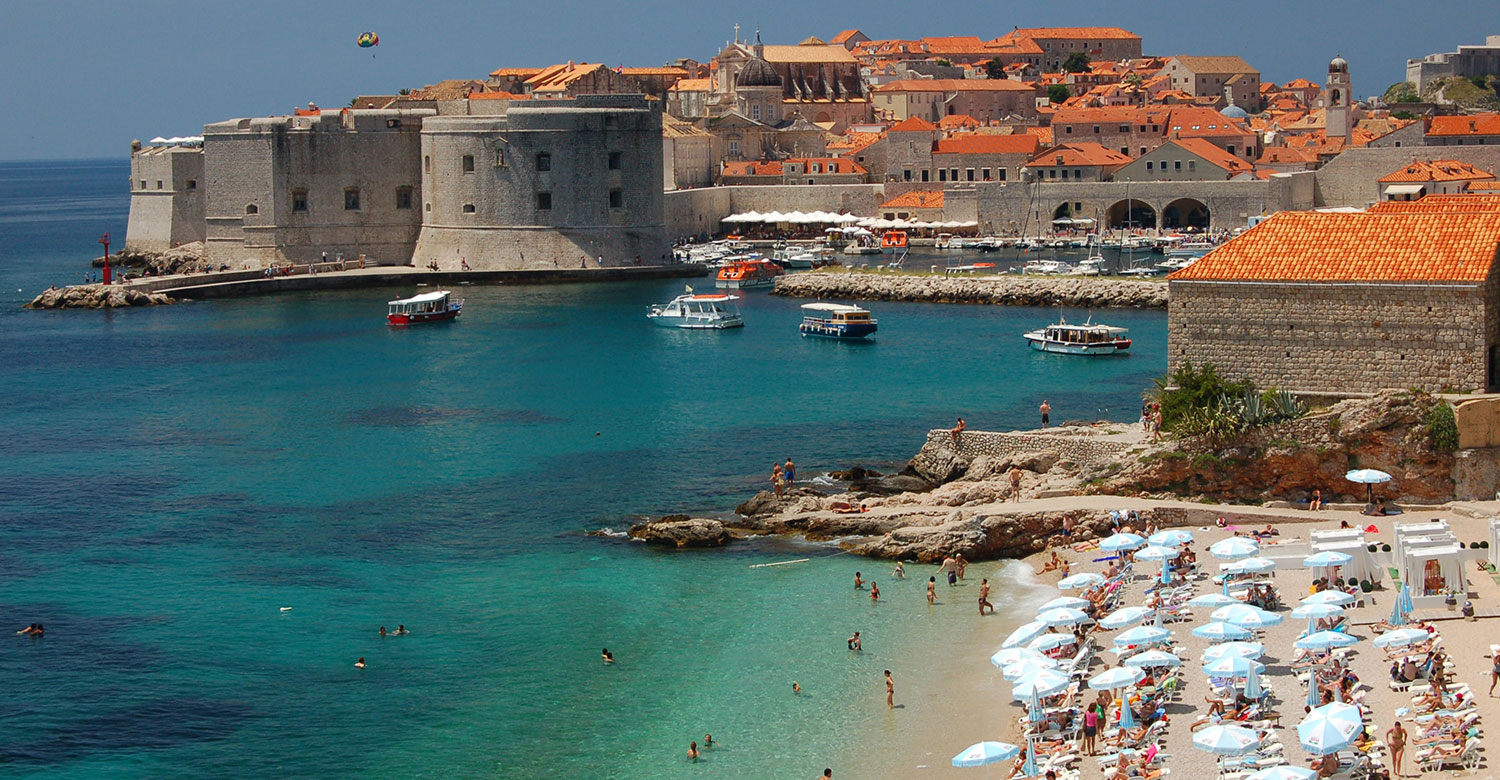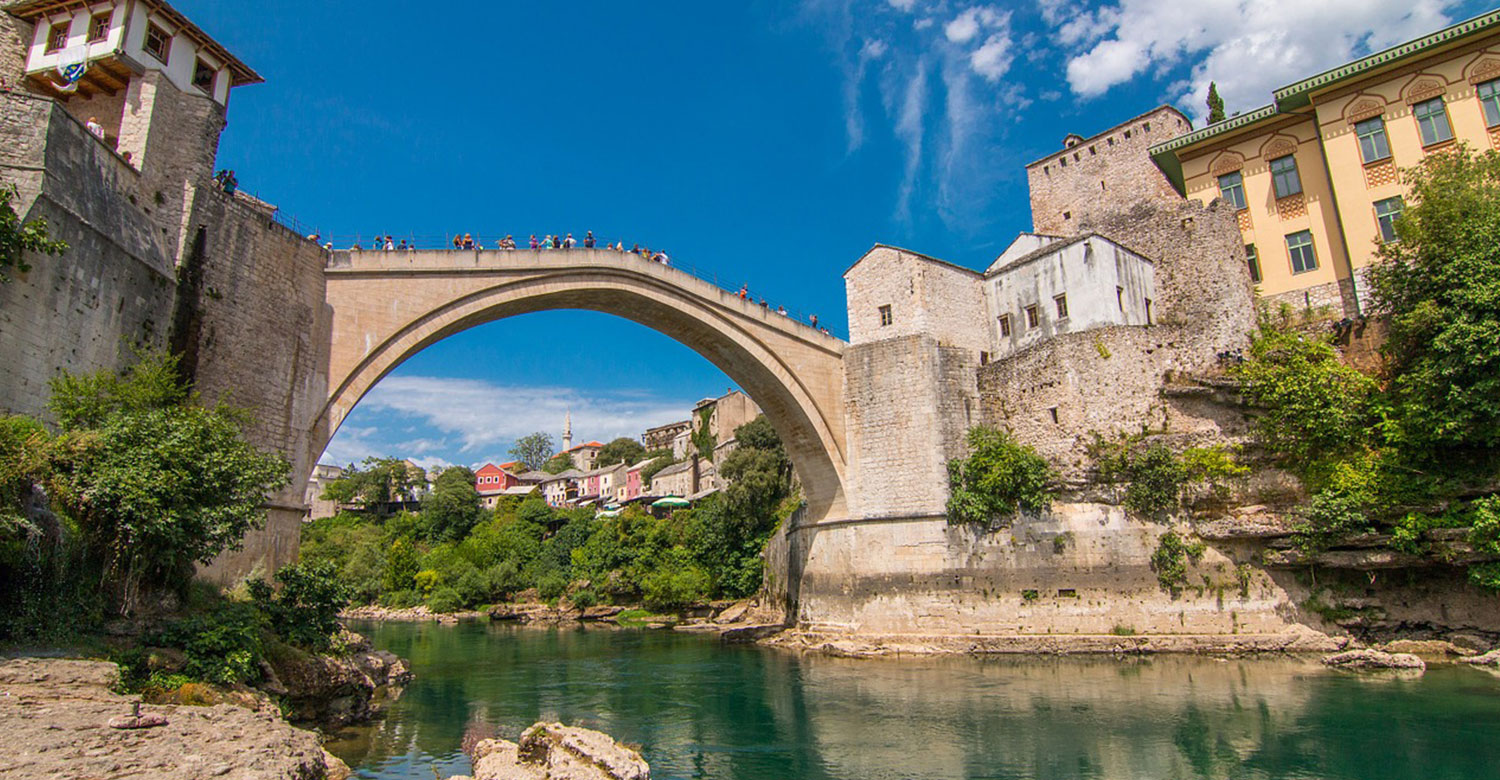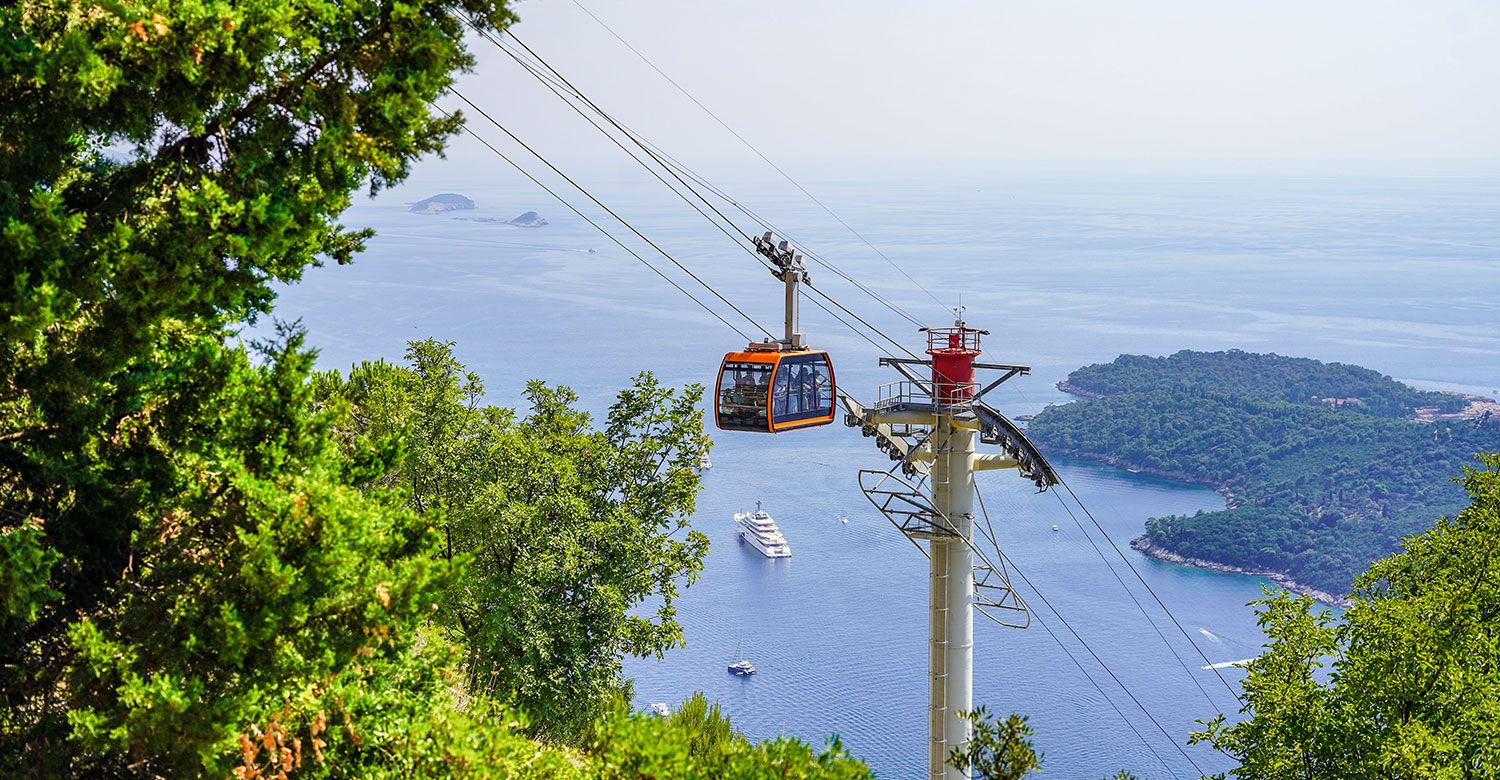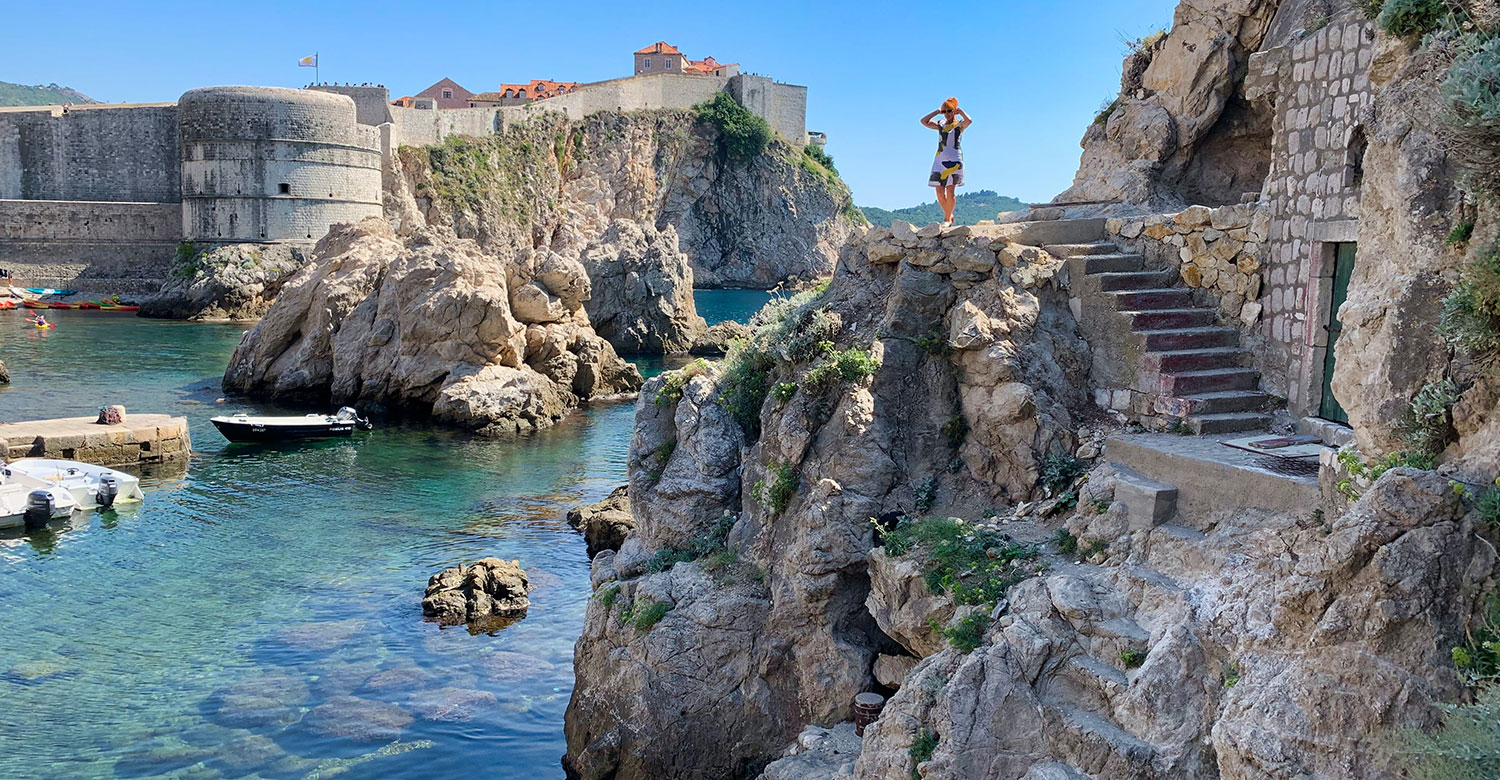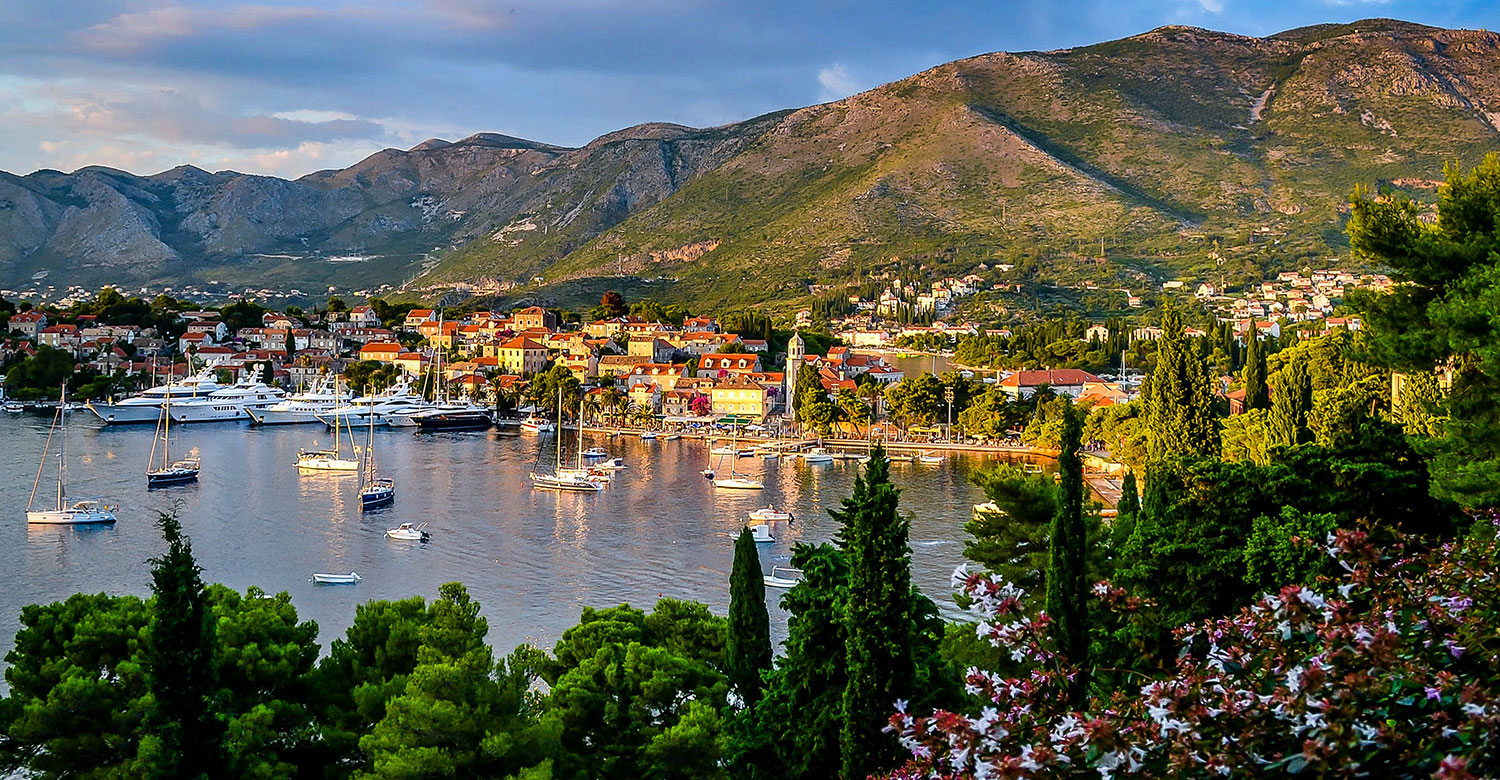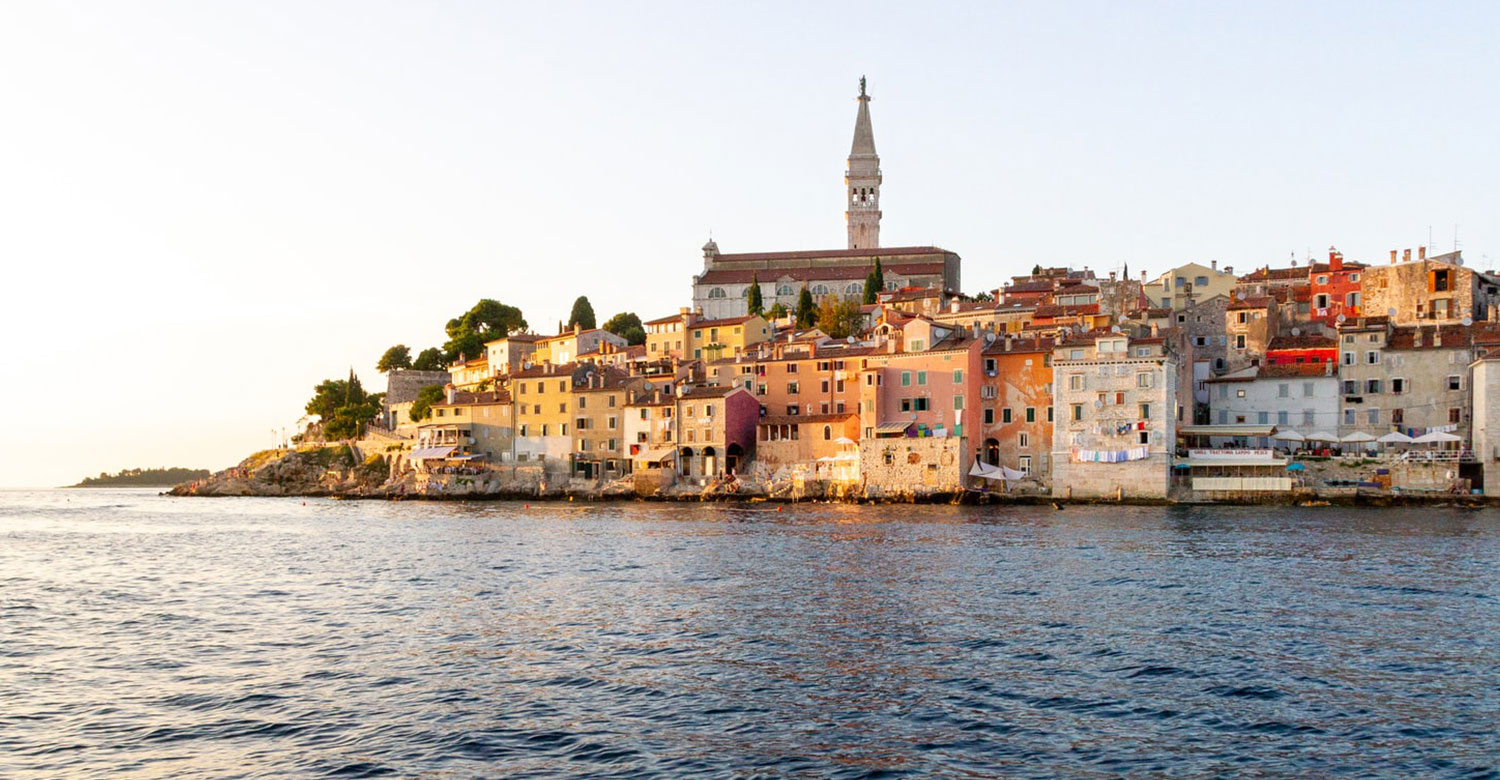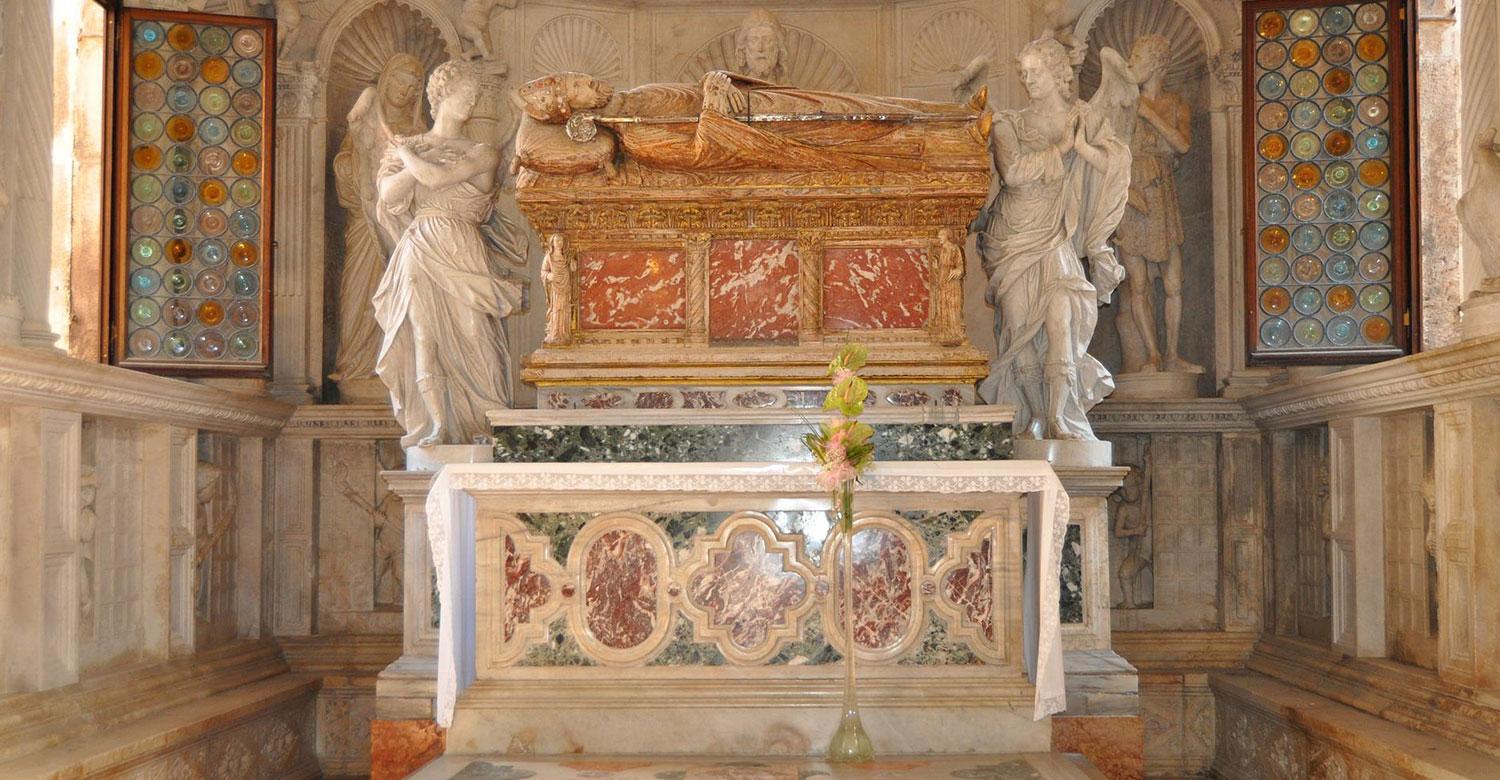Explore the different regions of Croatia

Posted by on 12 Apr 2021 , in Europe
Zagreb and Central Croatia
Rural, Quiet and Relaxing.
Do you favour the tranquil and soothing atmosphere of the mainland, leading from romantic medieval towns, summer homes and manors to thermal springs, health spas and places of pilgrimage? Set out to the north of Zagreb and enjoy the blessings offered by Central Croatia.
Continental Croatia is an oasis of tranquility, with gentle hills home to age-old forests, vineyards and the Sava, Drava and Mura rivers sheltering the local towns from the summer heat. A mere stone’s throw to the north and northeast of capital Zagreb, the region is dotted with romantic medieval towns such as Koprivnica or Varaždin, countryside manors such as Trakošćan Castle and thermal spas perfect for restoring your energies, leaving you revitalised and full of life.
The Croatian capital Zagreb is young and playful at heart, despite the almost thousand-year-old history of its old town. By day, the city beats to the pulse of its thriving businesses, letting its hair down come sunset. And despite being a thoroughly modern metropolis, the local’s welcome visitors with traditional Croatian hospitality.
Dalmatia
Dalmatia is where most visitors head to first and it is easy to see why! Dalmatia is split up into 4 main regions: Dubrovnik, Split, Zadar and Šibenik.
- Dubrovnik - Once upon a time, Dubrovnik was one of the smallest but most important merchant states in the Mediterranean. Its fleet of almost 700 merchant ships rivaled that of Venice. Dubrovnik is a city whose story is best told by the city itself. Walk along its main street, Stradun, whose stone pavement has been polished smooth by feet that have walked it for hundreds of years. The city’s glorious walls, fortresses and bastions offer a view of the magical Elaphite islands - Šipan, Lopud and Koločep, scattered like pearls in the azure of the sea.
- Split - A wash in the warm charm of the Mediterranean, Split is a city with rich history, not only within the walls of its museums, palaces and churches, but in the city itself. Take a break on the beaches of Makarska beneath the towering, rugged rocks of Biokovo and then set sail down the blue routes of the ancient Greek mariners to the sunny isles offering a wealth of wonders.
- Šibenik - In Šibenik you will be amazed by the Cathedral of St James, whose dome overlooks medieval stone buildings, and its narrow streets which, in the warm summer evenings, invite you to socialise in the attractive Mediterranean ambience of the town.
- Zadar - With the intense blue of sea, the lush deep greens of pine and olive groves and the pure white of Dalmatia stone, the Zadar region’s colour palette is extraordinary and unique in the world. It is only in this part of land that you will peek into the world’s smallest cathedral – the Church of the Holy Cross, in the city of Nin, before touring the largest Roman forum on these shores of the Adriatic. And if that were not enough, you will discover the origins of Croatia’s cultural identity in the city of Zadar, with over 3,000 years of history.
When to visit
The Dalmatian Coast is perfect for a holiday any time of the year; however, the weather is usually the most pleasant in summer with temperatures reaching highs of 30°C and you will be able to enjoy 12 hours of sunshine per day.
If you prefer slightly cooler weather, the best time to visit the Dalmatian Coast is in spring or autumn when temperatures are still high without being overly hot. These two seasons are also less crowded, giving you the perfect opportunity to explore the region without the peak crowds.
The mountainous regions along the coast tend to be a lot cooler than lower altitude regions. This means that winters are much colder and the potential for snow and frost increases.
The Dalmation Islands
Split archipelago:
- Brač - The largest of the islands of the Split archipelago is Brač, known worldwide as the island of stone and wind. Island of stone, because the finest quality stone has been quarried here for centuries by the highly skilled and hardworking local stone masons. Brač is also known as the island of wind. Nowhere else in the Adriatic, does such a magnificent landward breeze blow as in the channel between Brač and Hvar, particularly at the beach known as Zlatni rat.
- Hvar is an island of excellence in many ways. And it is an excellence that transcends borders, as Hvar is reckoned among the top ten most beautiful islands on the Earth. Plenty of sunshine (the largest amount of annual sunshine) is just a small feature of its attractive mosaic. You will get a more complete picture of the island and its value if you visit its largest town. In Hvar town is the largest square in Dalmatia along with the Cathedral of St Stephen.
- Vis - Due to its location, there is nowhere where history is more entwined than on the island of Vis. Until the end of the 20th century, the island was closed to tourists, and it opened over time, wherein its appearance has remained the most authentic in the Adriatic. Therefore, Vis offers unique tastes and scents, especially the views, regardless of whether it is about the settlements with rich traditional architecture, the network of hidden military tunnels from the last century or the unbelievable blueness which surrounds the open-sea island.
Dalmation archipelago:
- Mljet -The island of Mljet is in the southernmost part of Croatia, the island has scenery that appears only in picture books of the world’s most beautiful fairy tales. Before your eyes you will see a lake in the middle of the island, and in the centre of that, another small island with a monastery dating from the 12th century.
- Korčula is the sixth-largest island in the Adriatic Sea. Amongst other things, the island is interesting for its streets in fish-bone patterns. The largest settlement is Korčula town itself, which is believed to be the birthplace of Marco Polo. A great attraction for tourists, Korčula is proud of its traditional knights’ sword-dance, the so-called moreška.
Istria
The heart-shaped peninsula reaching deep into the clear blue waters of the Adriatic Sea is a hidden garden of beauty which opens the door to the sunny and warm Mediterranean.Come and travel through it without hesitation, and the holiday of your dreams will become reality. Multicultural and hospitable, this is an area where wide-ranging diversities have come together to form a happy union. Istria’s crystal-clear sea, clean shores and ports, its lively fishing boats and teeming narrow stone streets exude the true charm of the Mediterranean. Small, picturesque medieval towns perched on the peaks of its hills emanate the peace and gentleness of landscapes that irresistibly evoke the most beautiful parts of Tuscany or Provence.
The region is conveniently located, and within five hours drive from many European cities, like Munich, Vienna, Ljubljana, Milano, Budapest, etc. location is one of the reasons why so many tourist flock to this Croatian region.
Food here is amazing. Istria is the best region in Croatia when it comes to food and wine. Black and white truffles, cured meats, goat cheese, olive oil, homemade pasta, steaks… you name it, Istria has it.
When to visit
Best time to visit Istria is June and September. The weather is nice, sea is warm, there are way less people around, and the prices are lower.
Some popular packages from Croatia Travel & Holiday Packages
Subscribe now for your chance to win
a $500 Travel Voucher
Be the first to hear about our new Holiday Packages
